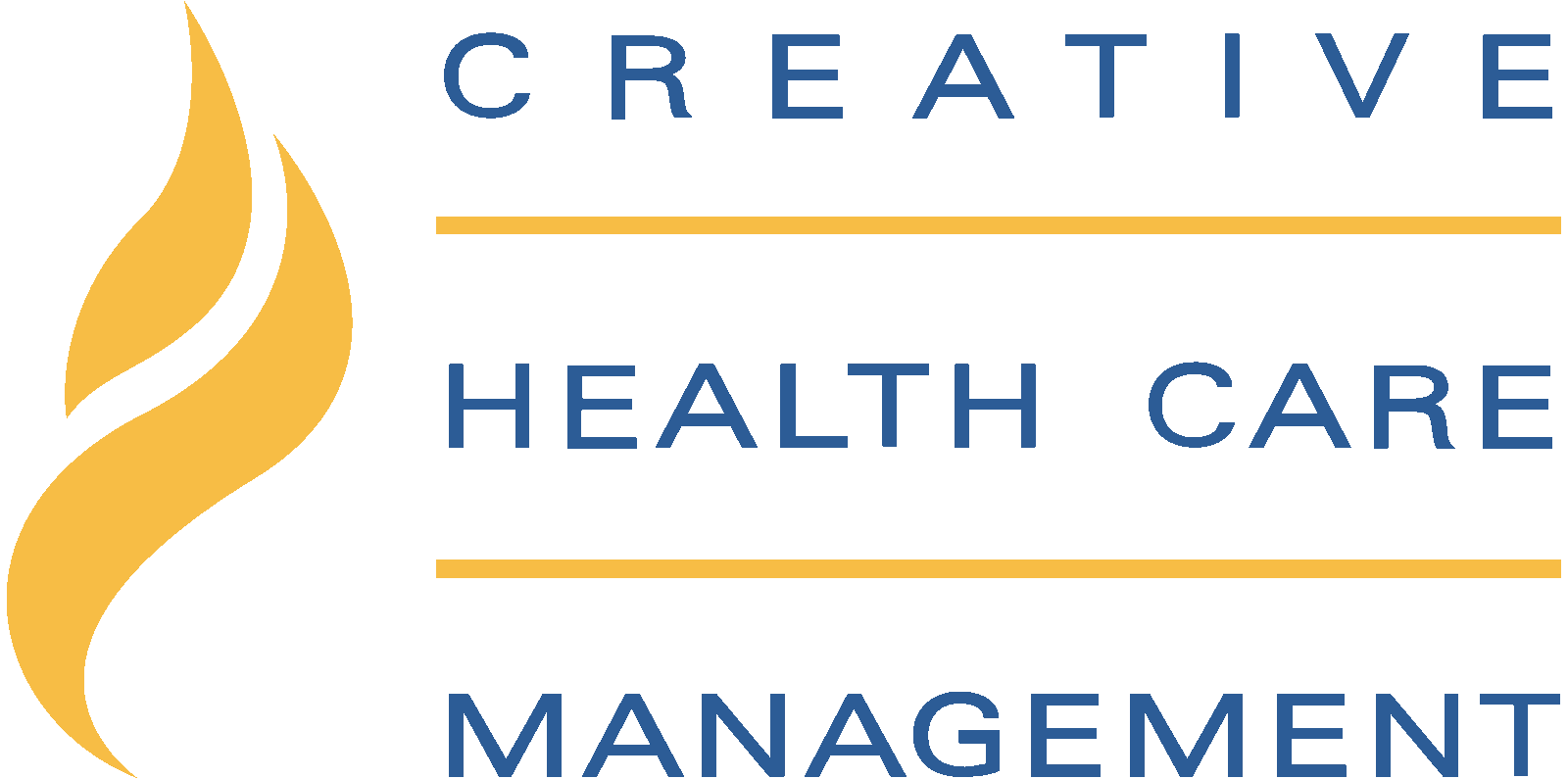How can we save more lives in healthcare and medicine? This is a question that many healthcare leaders grapple with throughout their professional lives.
If asked, healthcare workers and administrators would likely answer one or perhaps all of the following: evidence-based medicines, state-of-the-art technology, proven medical procedures, and teams of highly skilled and trained nurses, therapists, and doctors providing compassionate care.
All of these are correct and crucial in delivering the best possible care. However, one crucial component is missing: DEI – diversity, equity, and inclusion. In healthcare settings, a lack of diversity, equity, and inclusion can potentially lead to a loss of lives.
DEI – Diversity, Equity, and Inclusion in Healthcare
Although many businesses and organizations already support DEI due to its advantages, there are still many healthcare organizations that fall behind with DEI training and policy implementation.
That is not to say that the organizations do not support DEI. In fact, around 90% of surveyed organizations have expressed their support for DEI initiatives and various DEI training.
However, a report from Relias shows that as of 2021, only 62% of surveyed healthcare respondents have ongoing DEI initiatives in their workplaces. Moreover, another area of concern is that only 40% of healthcare businesses that conduct DEI training actually require their managers and executives to attend said training.
What Is DEI – Diversity, Equity, and Inclusion?

DEI is an acronym. It stands for diversity, equity, and inclusion. Over the past several years, DEI has become quite a buzzword across all industries, not just healthcare. As society becomes more vocal and critical of racial and socioeconomic disparities, businesses have all taken steps toward creating more diverse and inclusive workplaces.
But what exactly do diversity, equity, and inclusion mean — especially for the healthcare industry?
Defining Diversity
Diversity refers to the presence of vast differences among people. We’re not just talking about people belonging to a different socioeconomic status. We’re also talking about differences across all diverse groups and levels including:
- Ethnicity
- Race
- Nationality
- Culture
- Sexual orientation
- Gender identity
- Ability or disability
- Religion
- Political perspective
- Age
- And much more
The Need for Diversity in Healthcare
The healthcare industry serves an incredibly diverse population. It is important for healthcare organizations to be aware of and sensitive to the needs of all cultures represented. This may include providing language assistance, culturally responsive care, and promoting inclusion and respect for all. Increasing diversify or having a diverse workforce in healthcare organizations is part of providing inclusive, equitable and high quality health care for individuals.
Diverse healthcare benefits include increased provider comfort levels: Researchers have discovered that students who have completed training in diverse healthcare settings are more likely to be comfortable treating patients from different ethnic backgrounds. Diversity helps ensure that all the needs of the patients are properly addressed.
A study published in JAMA Network Open noted that Black, Latino, and Native American people are still underrepresented groups in the healthcare profession. Meanwhile, a 2018 U.S. population estimate noted that over 55% of physicians and almost 50% of medical school applicants are white.
With times changing and people becoming increasingly vocal regarding social disparities, more and more healthcare leaders and institutes are implementing diversity initiatives and making changes to ensure an inclusive culture and cultural competence.
Defining Equity
Equity refers to the promotion of fairness within various procedures and processes. Considering the many disparities in our society, ensuring equity does not mean providing the same opportunities and resources to people — that is equality.
Instead, equity means providing much-needed resources to individuals to address their different needs. As such, tackling equity issues requires delving into the causes of outcome disparities in society to find the right solution for each of them.
Social Determinants of Health are factors that influence health outcomes, but are nonmedical factors like education, income, housing, and childhood experiences. Social Determinants of Health are an underlying cause of many societal health problems like obesity, diabetes, and heart disease.
Defining Inclusion
Inclusion is the act of bringing in excluded people or groups and making them feel invited or welcomed. This can be in any social setting or activity, such as workplaces, gyms, and living accommodations.
True inclusivity happens when we believe in and act upon the idea that everyone has inalienable or inviolable rights. True inclusion means accepting people for who they are and thus removing the barriers that often come as a result of our diversity.
Seven Pillars of Inclusion
The Seven Pillars of Inclusion is a model initially developed to further embrace diversity and create a more inclusive environment in sports. However, it is also applicable to other fields and industries. The seven pillars are:
- Access. Providing accessibility is one of the best ways to ensure true inclusion. Accessibility doesn’t only refer to workspace considerations but also to the hiring process. How strict are the job description and requirements? Are applicants encouraged to apply online? Does HR conduct online interviews? All these contribute to accessibility as well.
- Attitude. This refers to the willingness of the organization to adopt new practices and policies. How open are the leaders and the people under them about undergoing diversity training and creating inclusive environments?
- Choice. It’s important to give everyone a choice — especially those who need accommodations. In many cases, people who need greater accessibility already have a choice made for them — such as a single toilet stall big enough for wheelchairs, a single office computer for the visually impaired, or limited food options to accommodate their religious beliefs or dietary needs.
- Communications. Make sure to have clear lines of communication. It is important that employees feel comfortable speaking out about important matters, not only to their fellow colleagues but even to the management. They shouldn’t worry about potential backlash and instead feel secure that their voice will be heard.
- Opportunities. How accessible are growth opportunities in the workplace? Can everyone progress in their jobs? Are employees equally considered for available opportunities, no matter their skin color, religion, age, or gender?
- Policies. This refers to the various policies of the company. How inclusive are your policies? Do they ensure the protection of everyone, regardless of beliefs, race, or sexual orientation?
- Partnerships. This means promoting human connection among employees and making them feel like they belong in the company. Promoting partnerships means providing employees with support and encouraging different people to work together. This not only builds teamwork but also a greater understanding of others.
Why DEI Is Important for Businesses

From a business standpoint, promoting diversity, equity, and inclusion simply makes good sense. In light of our society’s current focus on removing barriers, addressing social inequalities, and providing equal opportunities, neglecting DEI initiatives in a business strategy is unacceptable.
Ensuring workplace diversity, equity, and inclusion brings other advantages. One study by Apprenticeship Minnesota noted the following as reasons to focus on DEI or DEIB:
Better Employee Retention
Visibly increasing diversity and inclusion efforts reduces feelings of isolation among employees. DEI initiatives help instill a sense of belonging, which can help improve employee loyalty and productivity.
Higher Employee Morale
Naturally, a lower employee turnover rate greatly contributes to raising employee morale. Working with the same group of people can help drive engagement and improve communication.
Better Productivity
Decreased employee turnover also improves productivity. Recruiting new employees costs not only money but also time. This includes the time to search for, vet or interview, and onboard the new employees. That time could have been spent working on deliverables and other more important client-facing tasks.
Stronger Business Performance
Better employee morale, engagement, and communication help organizations perform better. This means higher profits, revenue, and even investor confidence. Findings show that companies with better gender and racial diversity have a 21% and 33% higher likelihood of outperforming their peers, respectively.
Greater Competitive Advantage
Retaining a diverse talent pool helps management understand different perspectives. In turn, this allows businesses to better serve their clients or customers in ways specific to that person’s culture, beliefs, and more.
How DEI Affects Overall Access to Care

Different patient demographics impact both access to and the quality of care, especially in behavioral health or mental health care.
Individuals belonging to marginalized groups, whether due to their ethnicity, sexual orientations, or beliefs, generally deal with microaggressions, unconscious bias, and a host of other stressors on a daily basis.
Not only do these result in a greater need for behavioral health care but they may also affect their people’s willingness to seek such care in the first place. Knowing they will have to deal with healthcare providers who may not understand the source of their stressors or who resemble the people who marginalize them can be unsettling.
Seeing someone of the same race, ethnicity, religious beliefs, and sexual orientation is a powerful thing. In many cases, it is the key for the patient to feel comfortable enough to seek help and open up to their healthcare provider.
In terms of quality of care, culturally appropriate providers or providers who share and understand the patient’s culture, background, identity, or sexual orientation goes a long way toward improving patients’ perceived level of care.
Adopting DEI in Today’s Diverse Healthcare Workspaces
There are many ways healthcare organizations and workspaces can adopt DEI initiatives.
Simply put, DEI initiatives are the actions these businesses take to ensure a robust, well-supported pool of diverse employees. These initiatives also lay the groundwork for an equitable and inclusive organization — one that strengthens people’s sense of belonging.
One model that health care organizations can use to promote workplace diversity and inclusive leadership is the four Es. These are:
- Educate. First, ensure proper education of healthcare providers. This helps individuals understand other groups better and help them become better allies.
- Empathize. Second, encourage employees to open up to each other. Safe spaces and policies ensuring privacy help encourage such openness.
- Engage. Third, take decisive action. This can include identifying new ways the business can further support DEIB-related causes and ensuring the participation of all concerned parties.
- Expect accountability. Lastly, organizations should expect to be held accountable regarding the implementation and effectiveness of their DEI initiatives.
DEI Initiatives and Best Practices

Below are specific best practices, initiatives, and strategies to consider in improving DEIB efforts:
- Benchmark the organization’s DEI implementation and progress. This includes reviewing the makeup of their employees’ diverse backgrounds and each initiative they implement to advance diversity, equity, and inclusion.
- Review hiring practices to ensure an unbiased process. A big part of this is ensuring that job descriptions and requirements ensure equal opportunity for all job seekers, instead of discouraging specific demographics against applying.
- Connect with or invest in employee resource groups (ERG). ERGs can provide invaluable support for employees. They can offer assistance with diversity training and help form inclusive and safe communities within the company.
- Support marginalized employees with talent-development programs. Talent-development programs can help employees who feel marginalized and discriminated against gain confidence in their work. It can provide them with more knowledge to help them rise through the ranks and improve their careers.
- Ensure DEI training across all levels. This means providing DEI training for everyone — from the top-level management down to the very last employee. These training sessions can cover a wide range of general and role-specific topics to help everyone identify and unlearn any biases they may have.
What is BDEI?

Belonging Diversity Equity and Inclusion – BDEI is a term utilized by Creative Health Care Management. BDEI falls within the foundation of the CHCM company’s mission. Our consultants come from different backgrounds and have extensive experience in organizational accountability.
We have platforms that help organizations implement best practices and they start with cultural transformation. DEI goals are in essence the same as BDEI with one exception – we start with belonging.
Individual to individual, hospital to hospital, department to department, and team member to team member are part of Relationship Based Care and Shared Governance. We work with senior leaders, those with veteran status and new team members. Diversity and fair treatment in the work environment allows for people to communicate expectations and discuss conflict to find root causes.
References:
https://collectivehealth.com/blog/insights/what-is-deib-a-short-guide-for-employers/
https://talentculture.com/the-critical-intersection-between-dei-and-mental-health/
https://www.ccl.org/articles/leading-effectively-articles/5-powerful-ways-to-take-real-action-on-dei-diversity-equity-inclusion/
https://change.walkme.com/dei-culture/
https://uprisehealth.com/resources/dei-and-mental-health/
https://www2.deloitte.com/xe/en/insights/industry/health-care/health-care-equity-steps.html
https://builtin.com/diversity-inclusion/dei-initiatives
https://www.relias.com/state-of-healthcare-training/diversity-equity-inclusion-training
https://www.relias.com/blog/how-diversity-equity-inclusion-influence-healthcare
https://mashable.com/article/how-to-make-job-hiring-more-accessible
https://www.americanbar.org/groups/crsj/publications/human_rights_magazine_home/the-state-of-healthcare-in-the-united-states/racial-disparities-in-health-care/
https://pubmed.ncbi.nlm.nih.gov/30765101/
https://www.dli.mn.gov/sites/default/files/pdf/appr-dei.pdf
https://gwtoday.gwu.edu/new-study-finds-severe-lack-diversity-health-care-workforce
https://jamanetwork.com/journals/jamanetworkopen/fullarticle/2777977
https://www.rasmussen.edu/degrees/nursing/blog/lack-of-cultural-diversity-in-healthcare/
https://www.samhsa.gov/data/sites/default/files/MHServicesUseAmongAdults/MHServicesUseAmongAdults.pdf
https://www.compassonehealthcare.com/blog/diversity-and-inclusion-best-practices-healthcare/
https://www.hsph.harvard.edu/ecpe/diversity-equity-and-inclusion-through-future-oriented-lens/
https://www.forbes.com/sites/forbescommunicationscouncil/2020/11/19/the-four-pillars-of-creating-a-more-inclusive-workplace/
https://www.hazeldenbettyford.org/about-us/diversity-equity-inclusion
https://info.pressganey.com/press-ganey-blog-healthcare-experience-insights/what-to-know-about-using-data-to-improve-diversity-equity-and-inclusion
https://www.linkedin.com/pulse/seven-pillars-inclusion-explained-enrique-rubio-he-him-/
https://catalyst.nejm.org/doi/full/10.1056/CAT.17.0312





